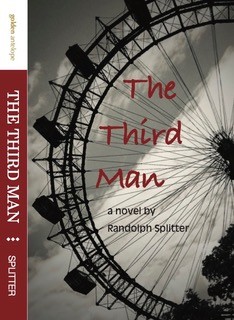Heather Morris’s debut novel is based on the real-life love story of two Slovakian Jews, Lale Sokolov (1916−2006) and Gita Furman (1925−2003), who were deported to Auschwitz in the spring of 1942.
At Auschwitz, Lale is initially assigned work on a construction crew. Because of his multilingual skills, however, he is soon enlisted as assistant camp tattooist and then, following the disappearance of the main tattooist, takes over that job. This position comes with a private room, extra rations, and the ability to walk the campgrounds with relative freedom, without risking being shot.
In Morris’s fictionalization, the couple fall immediately in love when Lale tattoos Gita. For the remaining two and a half years, Gita works in the warehouse called “Canada,” where the Nazis stored jewels, money, clothes, eyeglasses, toys, shoes and other possessions seized from Jewish deportees upon their arrival.
While many readers may have mixed feelings about Lale’s role as chief tattooist, his familiar relationship with SS officer Stefan Baretski (who was later tried for war crimes in Frankfurt and sentenced to life imprisonment), and his role as one of Auschwitz’s more successful black marketeers dealing in rare gems and U.S. and British currency taken from new Jewish arrivals, others will find The Tattooist a powerful story of resistance, love, and survival under harrowing conditions.
The early positive response that the novel has received has less to do with Morris’s prose than with the story itself. Morris is not a historian, and her attempts to mesh history and fiction are not always successful. Still, the powerful story she tells differs sharply from other stories of Auschwitz survivors, not least due to her decision to present morally compromised victims as heroes.
In late January 1945, with the Red Army only a few miles east of Auschwitz, Lale and Gita, along with thousands of other camp inmates, were organized into what historians later described as death marches. Yet again, luck was on their side. Both escaped from the SS and spent the last days of the war in Bratislava. They soon married and, following the Communist takeover of Czechoslovakia in 1948, emigrated to Melbourne where they finally began to rebuild their lives.
Carl J. Rheins was the executive director emeritus of the YIVO Institute for Jewish Research. He received his Ph.D. in Modern European History from the State University of New York at Stony Brook and taught courses on the Holocaust at several major universities.





